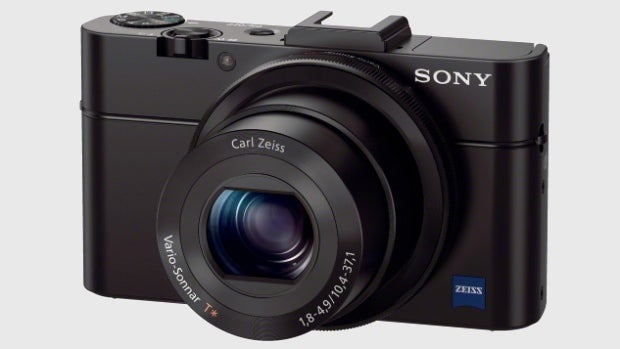Sony RX100 II revealed with hotshoe, tilting screen, Wi-Fi and Exmor R sensor

Sony has taken the wraps off the Sony RX100 II, the follow-up to the best pocket-sized camera in the business.
Given the fact that none of Sony’s rivals have managed to match the Sony RX100 since its release last year, it should come as no surprise to learn that the RX100 II looks and handles much the same.
Its key additions look to address a number of the minor issues with the first device in the range. One of these is the presence of a hotshoe, which enables the attachment of a digital viewfinder, a larger flash or a stereo microphone.
The only other obvious external modification to the RX100 II is a new NEX-like tilt mechanism on its 3-inch LCD display, making those chest-level and arms-raised shots easier to control.
Other than this, the rest of the RX100 II’s modifications are internal.
The original RX100’s 1-inch 20-megapixel image sensor won a lot of credit, but the Mark II features an all new iteration. It still boasts a 1-inch 20-megapixel configuration, but it now features back-illuminated Exmor R technology for a significant boost to low-light performance.
Sony has also added both Wi-Fi and NFC connectivity for wireless photo transference and easy pairing with mobile phones. It’s the first Sony camera to feature NFC.
Full HD 1080p video has now been improved with a 24p/25p mode, which should make for some silky-smooth footage.
The compact camera also comes with a couple of software refinements, such as the ability to change the control ring to zoom in five key focal lengths: 28mm, 35mm, 50mm, 70mm or 100mm. This should speed up the zoom process from the slightly ponderous RX100.
The Sony RX100 II will be available in Europe from mid-July, and it’s expected to cost £649. That’s a not-insignificant £100 more than the asking price of the RX100, which will remain on the market.
Now read our round-up of the Best cameras of 2013 so far.


